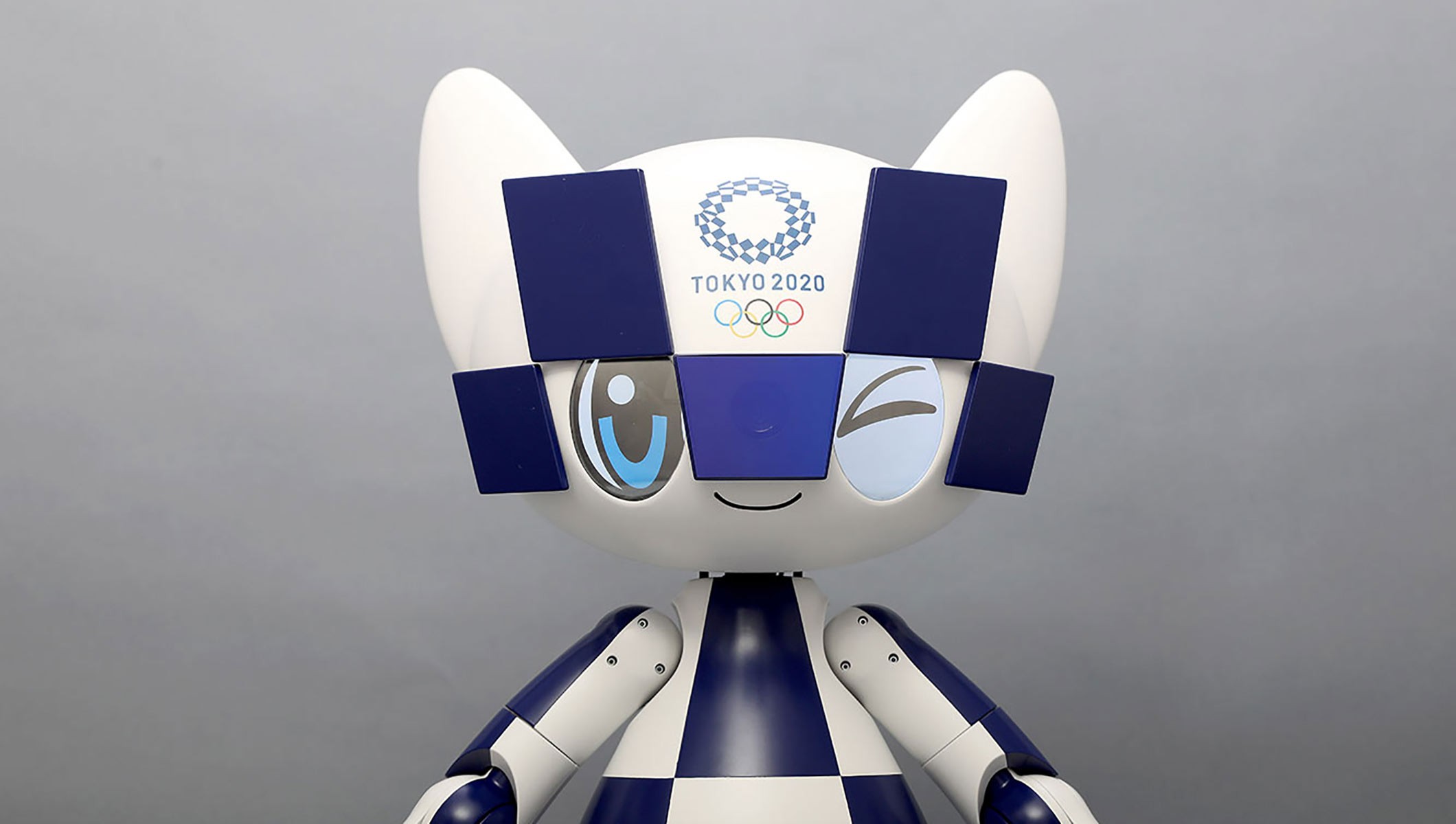Olympics & Robots: What to Expect From the Tokyo 2020 Olympics

During the Olympics, many volunteers sign up to assist in the ceremonies and sports competitions. The numbers of folks helping out at the upcoming Tokyo 2020 Olympics are said to be over 200,000.
Yet what makes the coming year unique is that not all those volunteers are human. Believe it or not, robots are on the rise, demonstrating exactly how useful they can be. Given this knowledge, is it the first time we'll have robots in the Olympics? What should you expect from this particular upcoming event of 2020? Let's take a closer look.
Robots and Their Role in Olympic History
Robots have been around for a while now. But they have mostly acted behind the scenes of technology. Here is what we know about past Olympic events, and the role that robots have played:
The 2014 Sochi Olympics didn’t have any robotic volunteers. While there was one robot doing the rounds, it didn’t have a very big role to play other than being a mascot figure. And in fact, it was a human in the robot costume.
The Rio 2016 Olympics utilized underwater robotic cameras, but that’s about as far as tech went. They helped photograph visuals from underwater. This would have otherwise required divers to capture amazing visuals.
It was only in 2018 that we saw robots properly showcasing their high-tech skills. South Korea, a world leader in robotics, used a total of 85 robots at the 2018 Winter Olympics in Pyeongchang. They were assisting athletes, cleaning public spaces, entertaining, and drawing murals.
They were also on the ski lifts, looking quite sporty—much to the delight of onlookers.
The Tokyo 2020 Robot Project
There’s a lot to look forward to in the next Olympics, taking place in Tokyo. As Japan has always been an industry leader in technology, the Tokyo 2020 Robot Project comes as no surprise.
The objective of this project is to promote robots for social good, proving robotic technologies can be used for greater impact. It’s spearheaded by Toyota, an official Olympic Partner. Toyota and Tokyo 2020 have partnered with the International Association of Athletics Federations (IAAF) for this monumental event.
"As we transform into a mobility company, we are expanding our robotics efforts to provide all people with the freedom to move," says Nobuhiko Koga, Chief Officer of Toyota’s Frontier Research Center. "'Mobility for all' is not only the 'physical' movement of a person or thing from one location to another, but also includes 'virtual' mobility of a person."
Besides the mascot robots recently announced, here’s a rundown of some of the robots we’ll be seeing during the 2020 Tokyo Olympics:
T-TR1: A Remote location communication Robot
This virtual mobility robot is equipped with a 360-degree camera. It will act as a Tele-presence Robot, for those who are physically unable to be present at the Games. By utilizing virtual reality, they can still attend via on-screen functions and facility.
T-HR3: The Humanoid Robot
The Humanoid Robots are designed to mirror the movement of the Mascot Robots. They'll allow those at remote locations to feel as if they are physically present at venues. For example, folks who are watching from far away will still get to know how it feels to shake hands with a robot.
FSR: The Field Support Robot
These intelligent robots have autonomous functions. They get to assist at throwing events at the Olympic Stadium. Whether retrieving the javelins athletes have thrown, or guiding people around any obstacles along the paths. This will help reduce the number of actual staff required to have a hands-on role.
The Robot Butler
Want a robotic butler? The 2020 Olympics have got those covered, too. Robotic butlers, also called Human Support Robots (HSRs) and Delivery Support Robots (DSRs,). We'll see them serving folks, leading them to their designated viewing seats, or bringing snacks and refreshments. Their main function is to assist any disabled attendees with better mobility.
Hirohisa Hirukawa, leader of the Tokyo 2020 Robot Project, said: “This project will not simply be about exhibiting robots, but also about showcasing their practical real-life deployment helping people.”
In conclusion, we should expect to see more robots in future events, since they become useful in gauging and monitoring competitions. They can also serve a bigger purpose, offering services and entertainment to visitors and participants.
The 2020 Summer Olympics, or Tokyo 2020, takes place from 24 July to 9 August 2020 in Tokyo, Japan. Keep up with all Olympic news at www.tokyo2020.org or visit RobotShop to stay updated with the latest in technology and innovation.
SOURCE LIST
https://community.robotshop.com/blog/show/the-synergy-of-man-and-machine-improving-humans-with-wearable-robotics<
https://www.olympic.org/news/tokyo-2020-unveils-games-robots
https://www.olympic.org/news/new-robots-unveiled-for-tokyo-2020-games
https://tokyo2020.org/en/games/vision/innovation/
https://global.toyota/jp/newsroom/corporate/28713215.html
https://www.japantimes.co.jp/news/2019/03/01/national/tokyo-2020-volunteers-golden-opportunity-brazen-exploitation-olympics-awash-cash/
https://www.engadget.com/2016/08/10/the-big-picture-getty-olympics-robot/
https://www.youtube.com/watch?v=vzBKlhcfeKE
https://www.youtube.com/watch?v=RId4Hwm4ysc https://www.smithsonianmag.com/innovation/meet-robots-2018-olympics-180968031/?page=4
https://www.therobotreport.com/12-robots-working-at-2018-olympics/
https://www.bbc.com/sport/olympics/47635649
https://www.popularmechanics.com/technology/robots/a28483535/2020-tokyo-olympics-robots/
https://techcrunch.com/2019/07/22/meet-the-robots-toyota-is-bringing-to-the-2020-tokyo-olympic-games/
https://media.toyota.co.uk/2019/07/toyota-robots-help-people-experience-their-dreams-of-attending-the-olympics-and-paralympics-games-tokyo-2020/
https://www.olympic.org/news/more-than-200-000-applications-received-for-tokyo-2020-volunteer-programme
Thanks for helping to keep our community civil!
This post is an advertisement, or vandalism. It is not useful or relevant to the current topic.
You flagged this as spam. Undo flag.Flag Post


